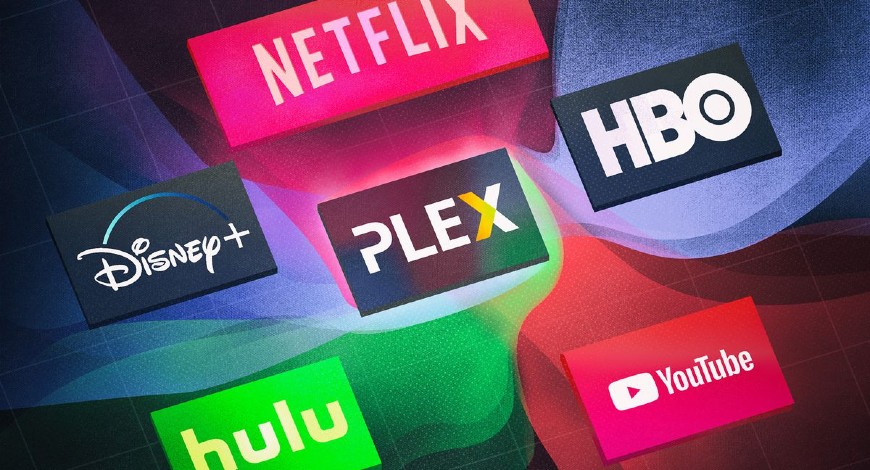Trends
Three-fifths of global viewers stream more since Covid outbreak

Criteo surveyed more than 9,000 video viewers globally to understand what, how, and why consumers watch in 2021 and beyond. In addition to spending more time at home, the flexibility of watching anytime and anywhere and the availability of new and original content were the top reasons for watching more streaming content. Two-fifths of viewers said they enjoy the availability of free content, and a quarter noted that streaming gave them better value for their money than cable or satellite TV.
The survey showed that video viewing of all types accelerated in 2020. Most people, as many as 63%, were watching more or a lot more paid streaming services, and more than half are watching more free streaming services, video game live streaming and social media videos.
Paid video streaming saw the highest viewing increases, with three fifths of consumers saying they watch more paid streaming services such as Netflix, Prime Video, Disney+, and Apple TV. Consumers were spending the most time watching paid streaming services compared to other types of video content, but they were also spending a significant number of hours watching free video content. Two-thirds of survey respondents also said they spent more than five hours per week streaming paid video, while more than half spend over five hours watching free streaming content.
Even as people increase their away-from-home activities, they still expected to spend more time watching video content in the future. Criteo found that a third of consumers will watched more paid or free video streaming services in 2022.
Across every generation, subscription cost and the quality of video content were the most important factors when consumers picked a streaming service. Other important attributes included the flexibility to cancel their subscription anytime and the availability of free content. In addition, nearly two-thirds of consumers regarded the content on streaming services as more entertaining than cable or satellite TV. This same portion of viewers believes that streaming subscriptions offer better value for their money than subscribing to cable or satellite TV.
Crucially, the survey shows that there were some types of content that consumers would pay for, but most expected to get live content for free presumably with ads. Consumers were most likely to pay to stream on-demand movies and TV shows. Meanwhile, two-thirds want to get live news for free, half want to watch live award shows and live gaming for free, and two-fifths wanted to see live sports for free.
Though most consumers watched video streaming on their largest screen—their television—more than half used their laptop or smartphone to stream content. Among the youngest viewers, mobile was found to be the most popular device for video streaming. Three-quarters of Gen Z consumers watched video streaming on their smartphone, while nearly two-thirds use their computer or smart TV. In every other generation, the smart TV is the most popular device for video streaming.
For the top 10 global streaming services, there were a mix of paid subscription-based services, ad-supported services, and free on-demand video services—which, Criteo concluded in its report, gave marketers options when building an advertising strategy to reach highly engaged streaming viewers. Rapid TV News





You must be logged in to post a comment Login